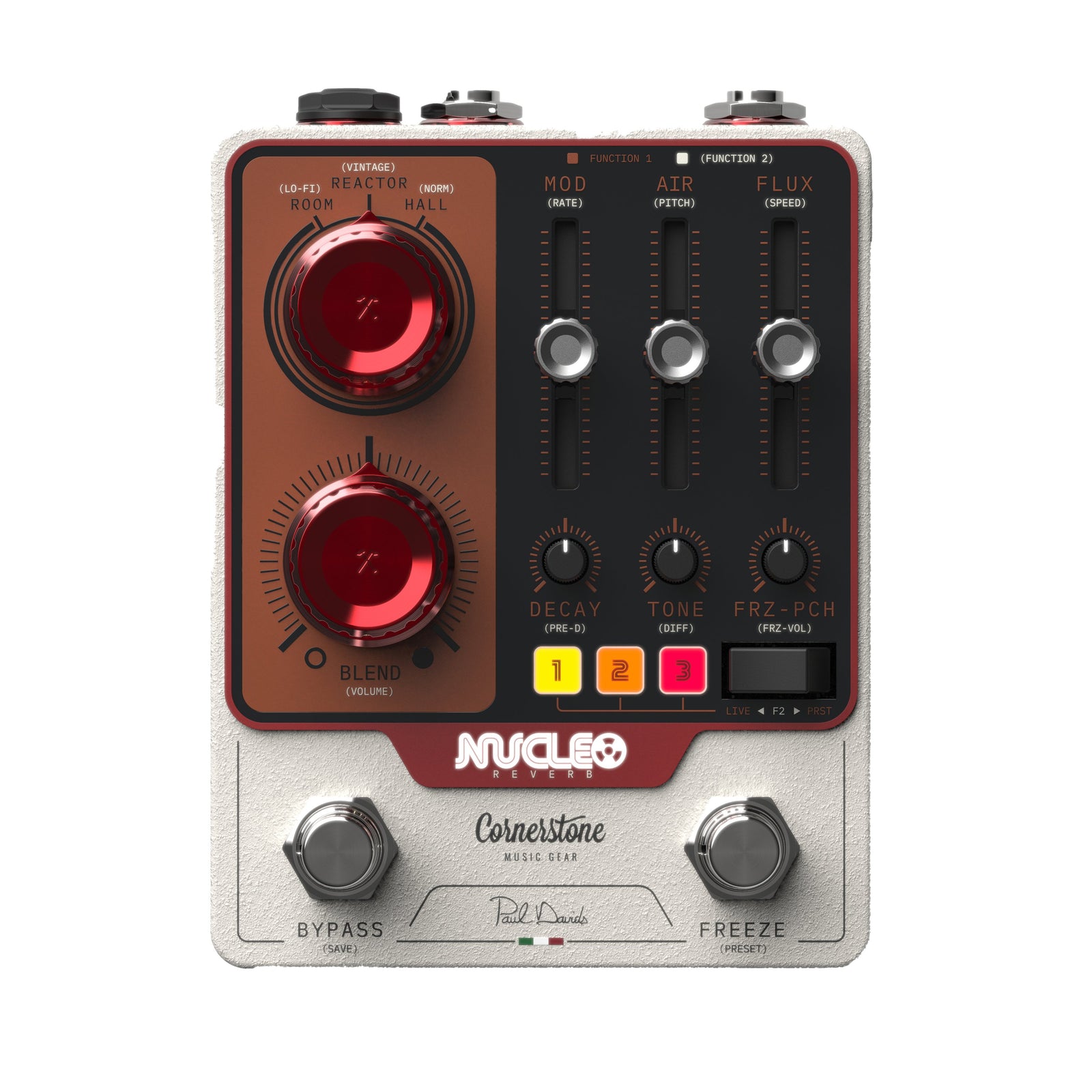
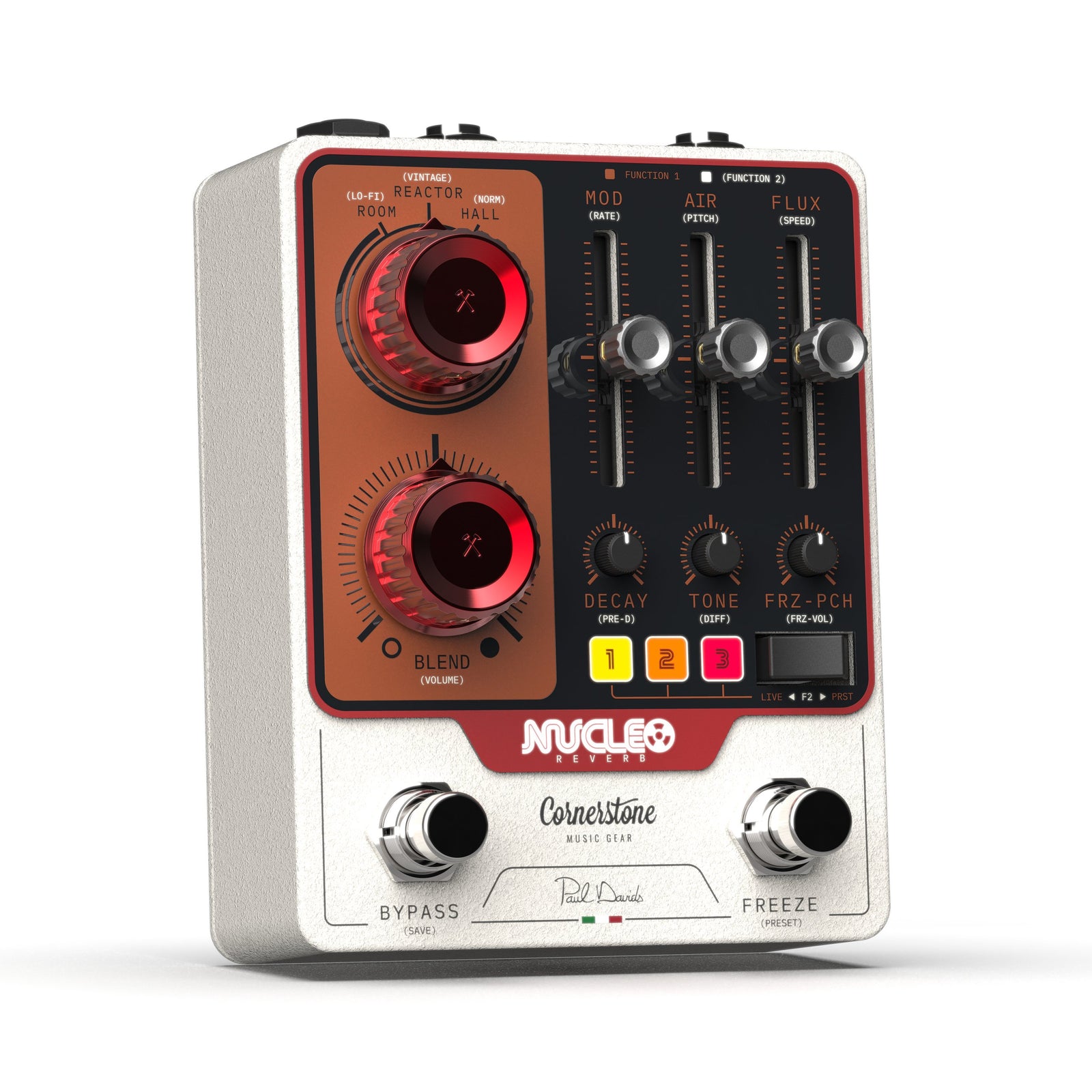
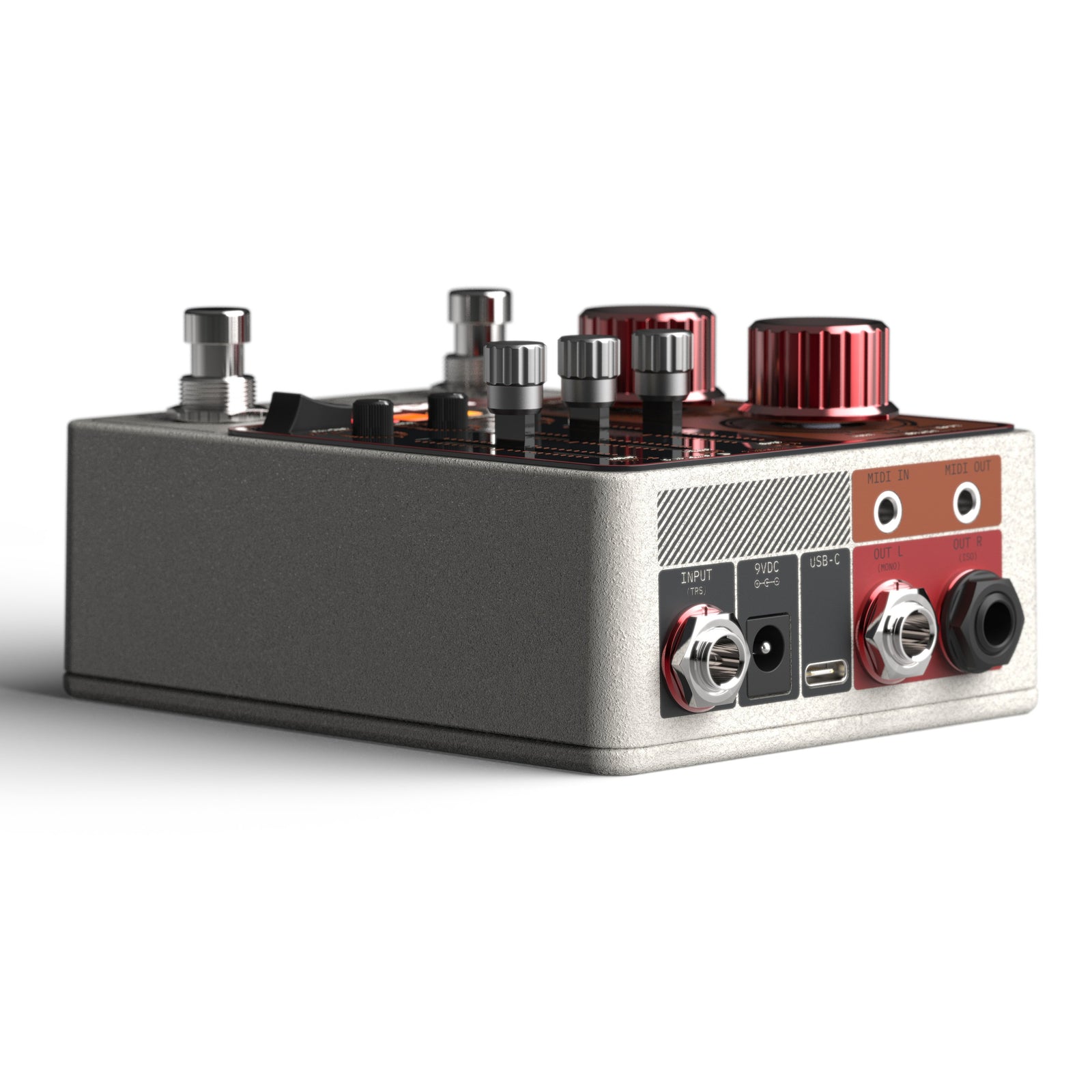
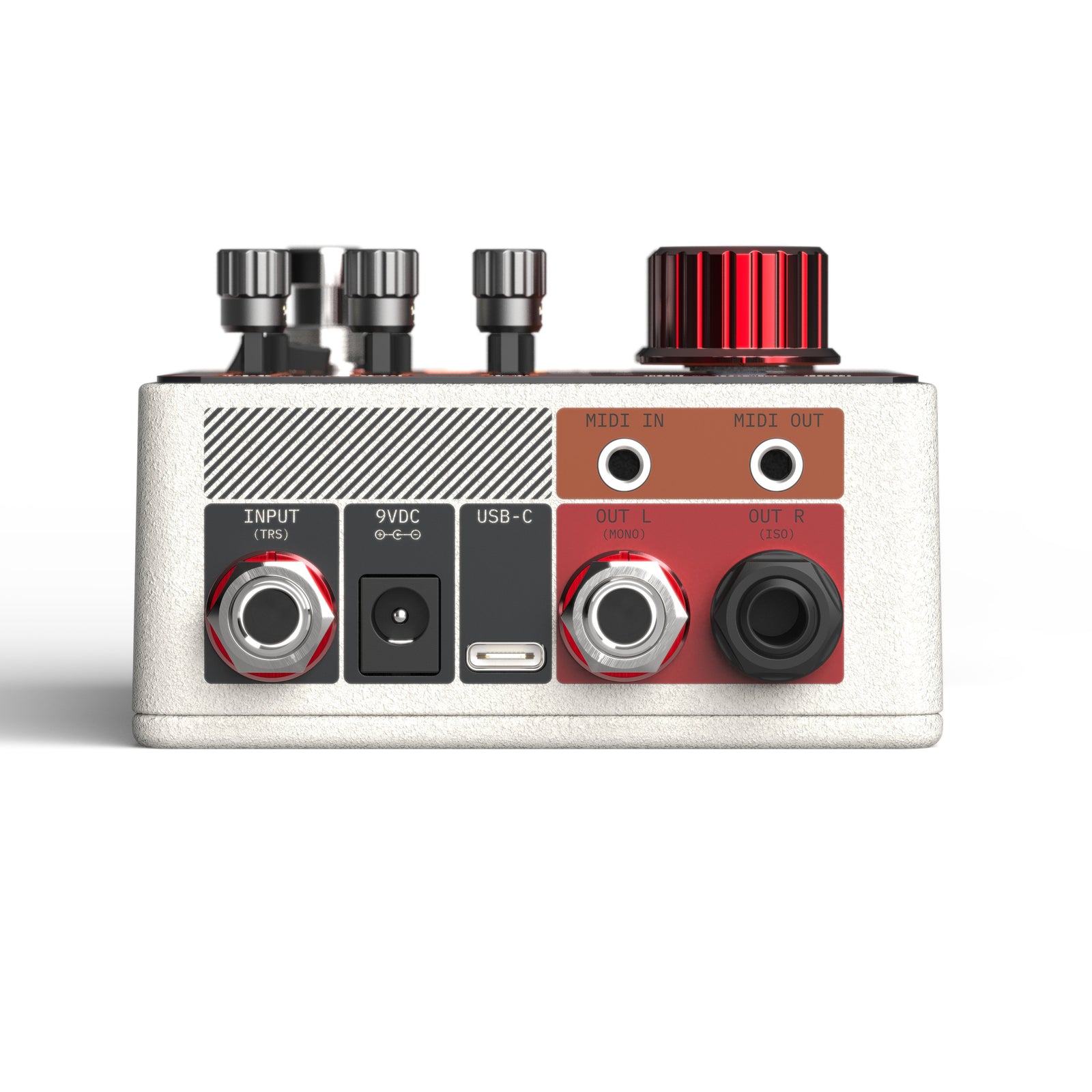
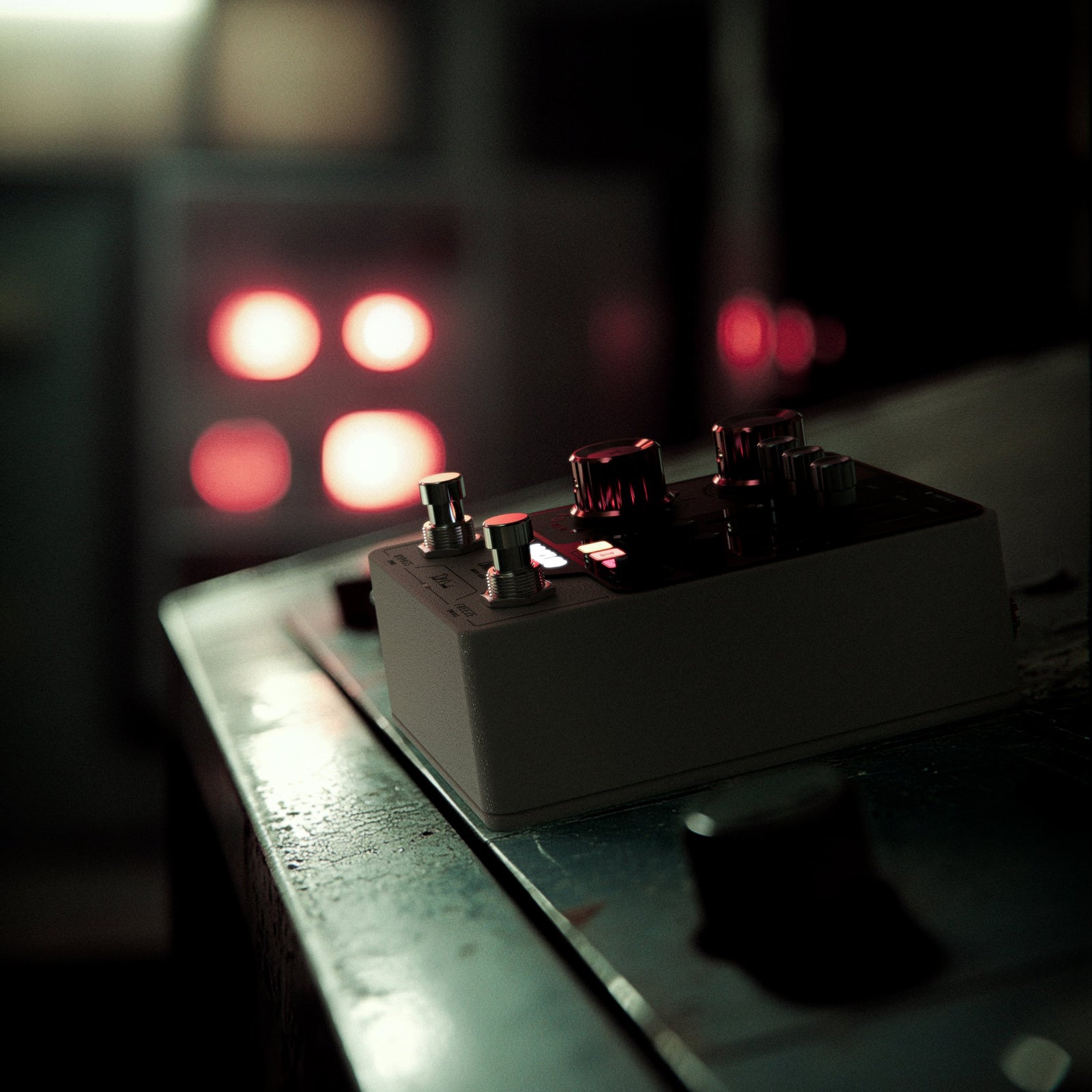
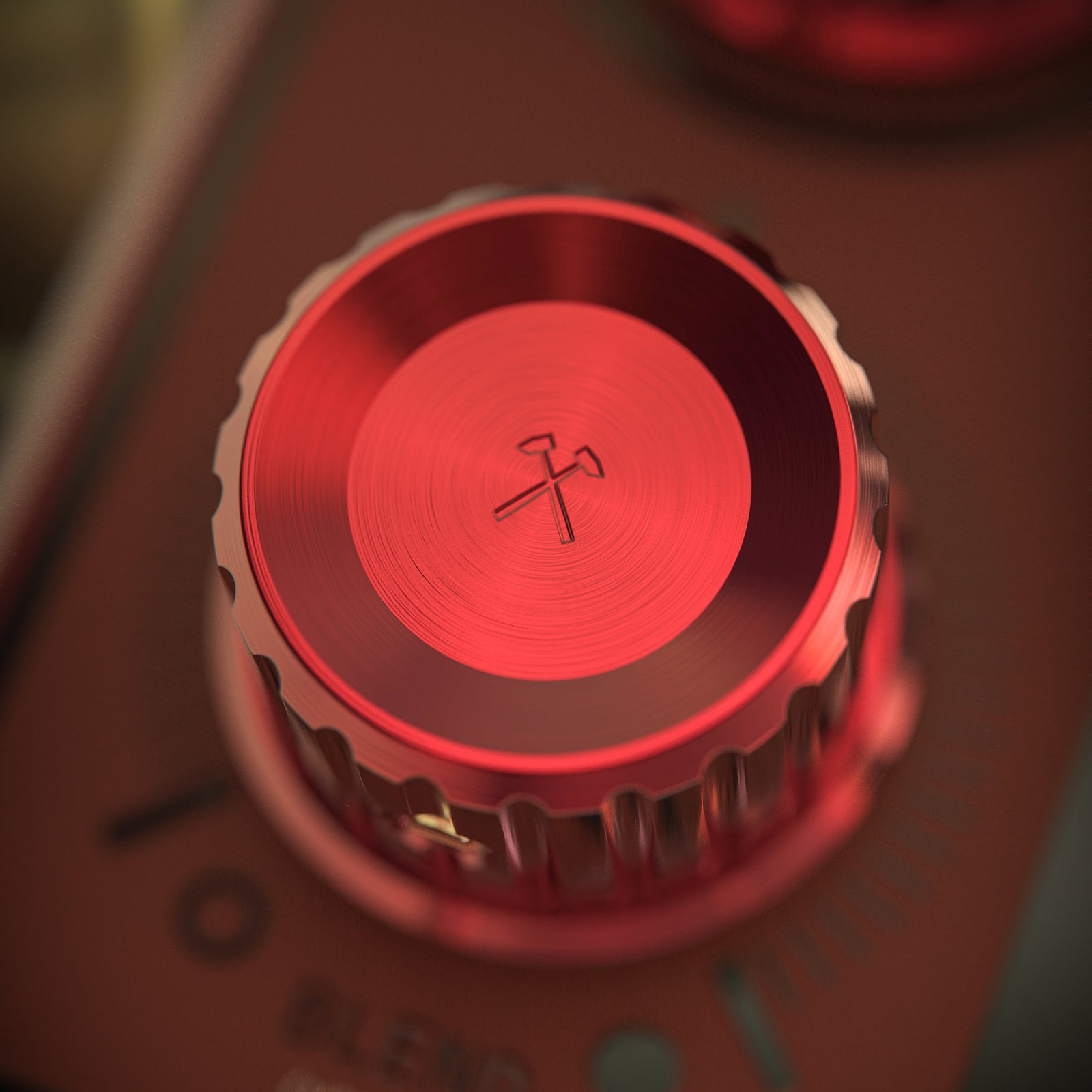
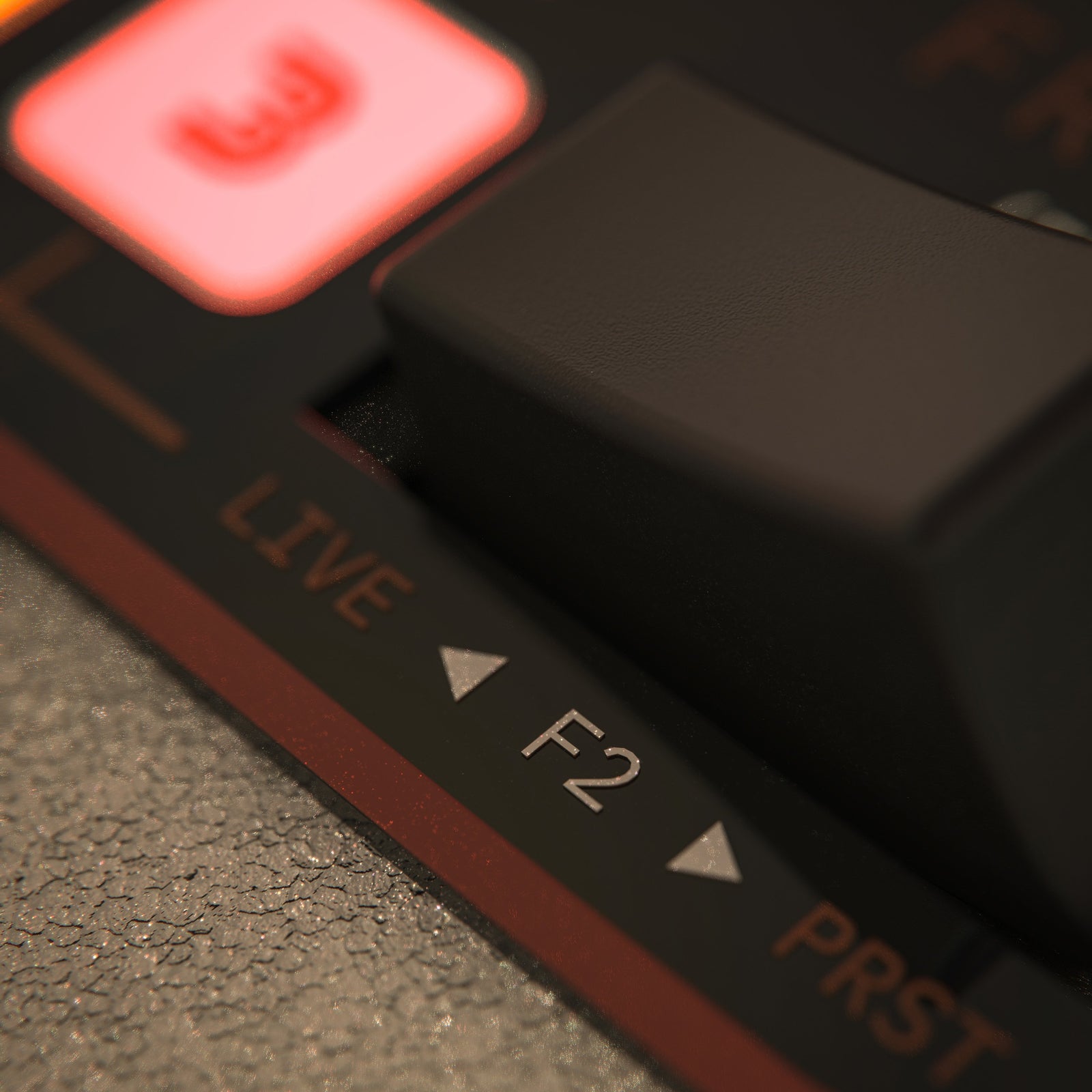
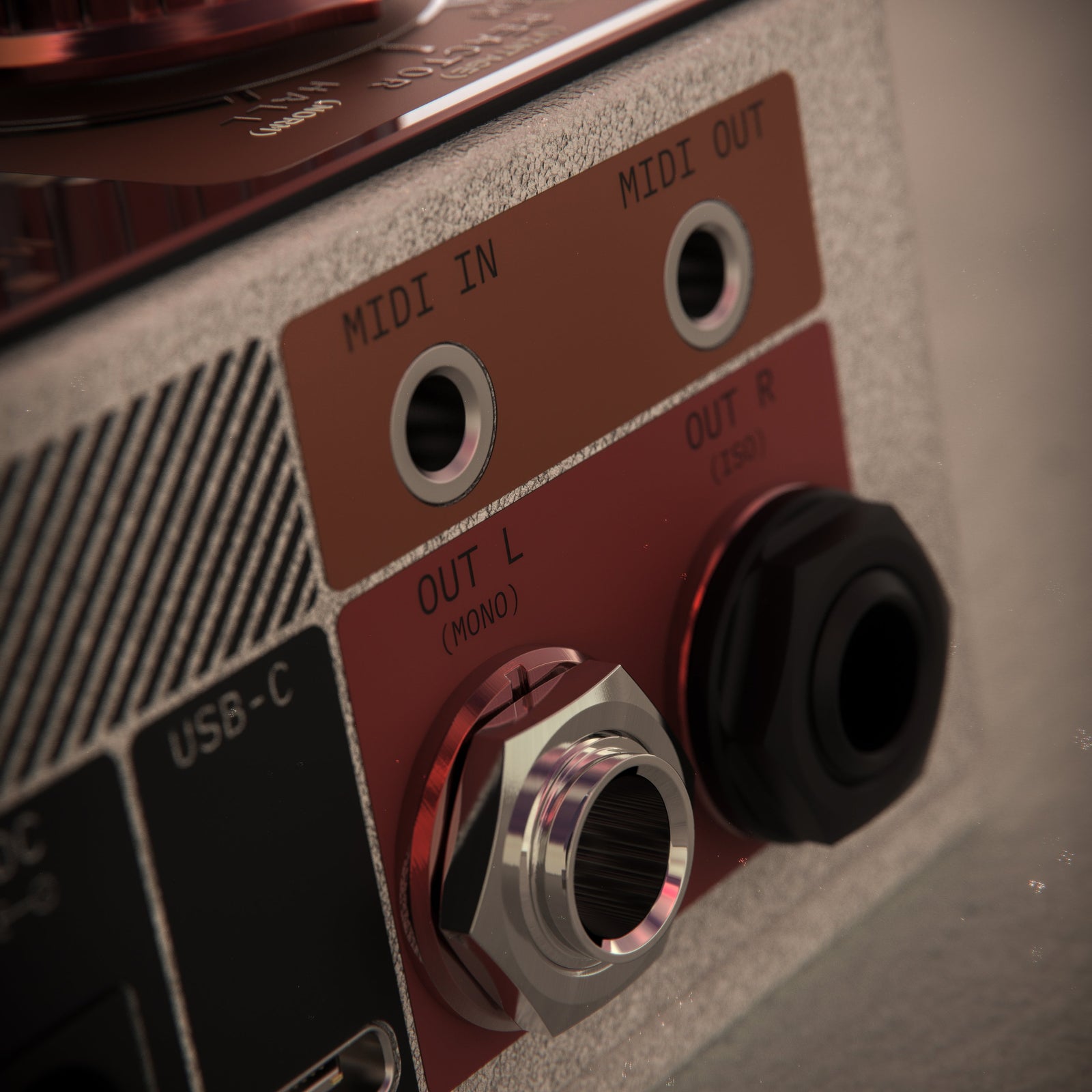
Cornerstone Music Gear Nucleo
The Birth of the Cornerstone Music Gear Nucleo Reverb
It all began about a year ago with a video by Paul Davids. In this video, Paul embarked on a journey to a nuclear power plant in Austria, a plant that was never operational. Inside this vast, hollow structure, Paul played his guitar, showcasing the incredible reverb generated by the immense space. The sound was both expansive and atmospheric—ambient in nature, yet hauntingly beautiful. It was the kind of reverb that would resonate with any guitarist who loves wide, spacious soundscapes.
In the meantime, Paul and I had met several times, exchanging ideas and thoughts about music. One day, I asked him, “Paul, how would you feel about creating a pedal together?” He agreed, and that moment marked the first building block, the initial step toward what, two years later, has become the Nucleo Reverb.
Nucleo is more than just a reverb pedal; it’s deeply ambient, highly atmospheric, and, dare I say, cinematic in its sound design. It’s also Paul Davids’ signature pedal, something we’re incredibly proud of. Paul’s musical taste and the immense recognition he’s gained in the guitar world make this collaboration special.
But Nucleo isn’t just about vast, spatial reverb. We wanted to push the boundaries further in true Cornerstone fashion, always striving to oer something innovative and personal. We took inspiration from that super ambient, expansive sound found in Paul’s video and built on it, carefully layering in new sonic elements. Think of it like adding subtle ingredients to a recipe— each enhancing the base without overpowering its identity.
We introduced several unique controls, starting with the “Granular” reverb, inspired by the sound of a Geiger counter—the device used to measure radiation levels. It adds an element of unpredictability, like fragments of sound that shimmer and scatter through the reverb. We also added modulation, creating even more movement within the sound, as well as a pitch-shifting control that allows players to introduce an octave up, an octave down, or both simultaneously.
The three main faders on the Nucleo—modulation, pitch, and granular—complement the core reverb, adding depth and motion to the sound. These controls, along with the classic decay, pre-delay, tone, and diusion parameters, give players the tools to shape their ideal ambient reverb. Additionally, the dedicated Freeze control oers unique .exibility: the Freeze Level adjusts the volume of the sustained sound, while the Freeze Pitch shifts the frozen note or chord up or down an octave, creating a pad-like drone eect that serves as a foundation for further play.
In terms of connectivity, the Nucleo oers Stereo In and Stereo Out capabilities, with the right output jack isolated via a transformer to prevent ground loops when using two ampli.ers. To tackle potential phase cancellation issues in stereo setups, the pedal also features an internal switch for .ipping the phase of the right channel, ensuring clarity and integrity of the stereo image.
The pedal supports full MIDI integration with MIDI In and Out ports, allowing players to access up to 128 presets via MIDI. Additionally, three presets can be saved directly on the pedal and accessed using the secondary footswitch. The Nucleo also includes a USB-C port, which serves both for .rmware updates and as an audio interface, making it a highly versatile tool for modern musicians.
Designed to be a versatile reverb solution, the Nucleo delivers expansive, complex, and spatial soundscapes but can also operate as a simpler, everyday reverb. For guitarists not necessarily focused on ambient music, the Nucleo oers multiple modes: “Reactor” for the most expansive, cinematic sounds; “Room” for smaller, intimate reverbs; and “Hall” for cavernous, immersive echoes. With this range, the Nucleo caters to a variety of musical styles and preferences, making it suitable for any guitarist seeking both innovation and versatility in a reverb pedal.









